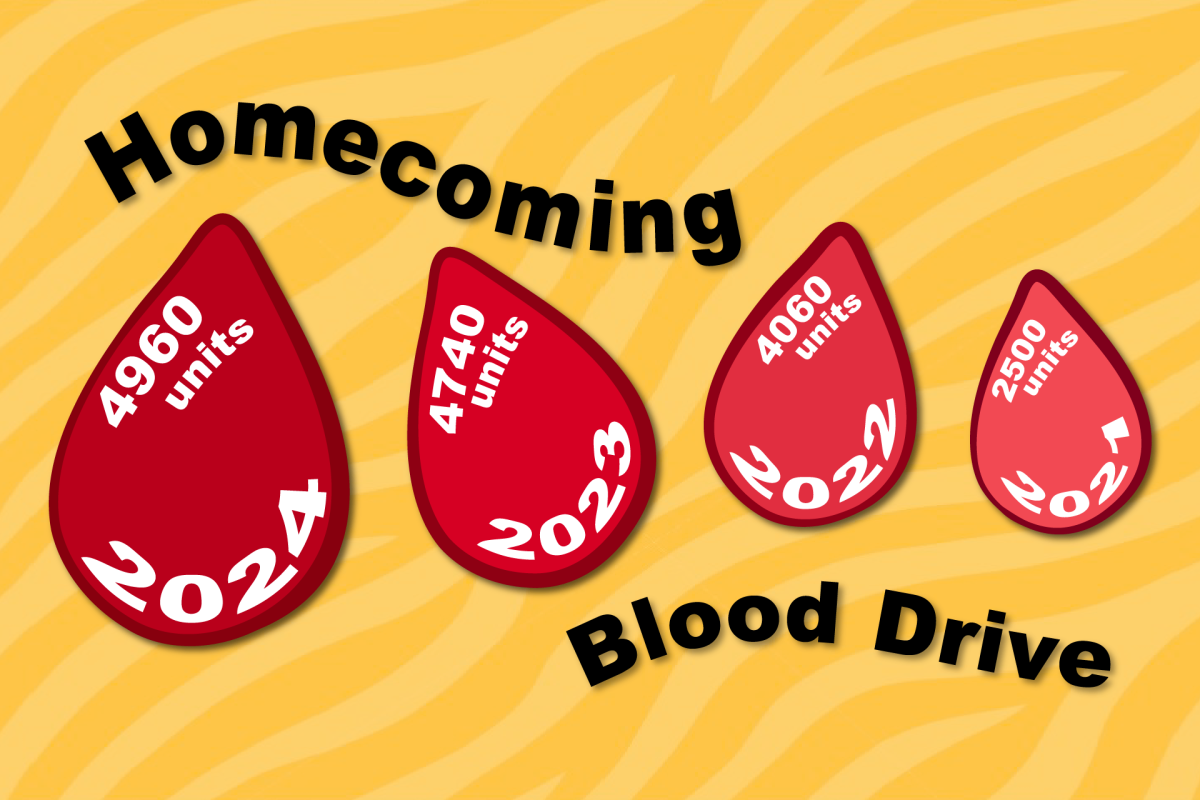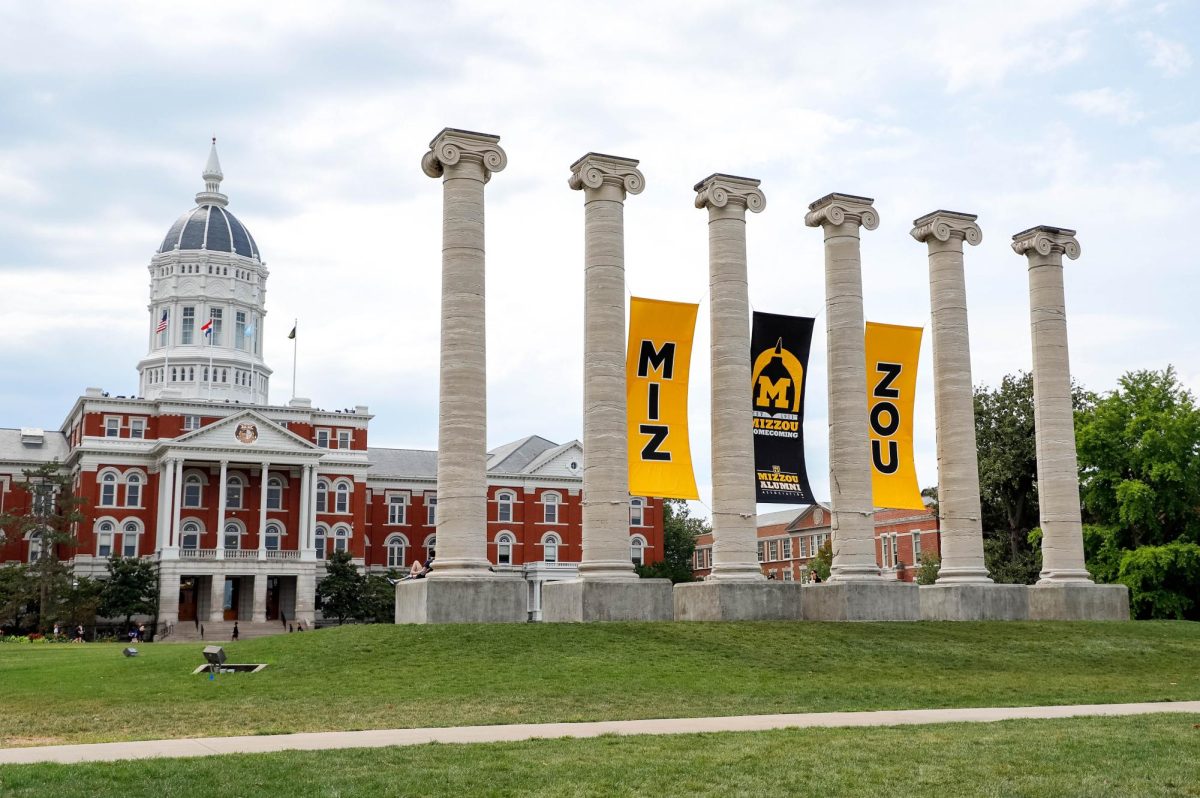Police departments around the country have been testing out new police programs to make law enforcement more efficient.
In July, Southern California’s Santa Cruz Police Department introduced a program that analyzes past crime data and is able to predict where and when the city is at highest risk for future crimes, according to a Santa Cruz Police Department news release.
“Based on models for predicting aftershocks from earthquakes, it generates projections about which areas and windows of time are at highest risk for future crimes by analyzing and detecting patterns in years of past crime data,” according to (a New York Times article.)[http://www.nytimes.com/2011/08/16/us/16police.html?_r=1] “The projections are re-calibrated daily, as new crimes occur and updated data is fed into the program.”
Police departments across the nation have adopted CompStat, a program in which officers regularly meet to analyze data where crimes have been reported.
The Columbia Police Department has been running its own form of geographic policing since 2009, allocating the police forces to defined geographic areas.
“CPD’s geographic policing program is intended to balance allocation of police service and to reduce crime and substance abuse throughout the city as well as to build a system of an accountability with citizens,” CPD Chief Ken Burton said in a news release.
Still, other college towns in Missouri, such as Kirksville, home of Truman State University, have maintained a more old-fashioned form of policing.
Geographic policing divides the city into nine areas of service, and the allocation is decided based on the number of calls that occur in a specific area.
“CPD identifies problem locations and responds by starting long term or short term Problem Oriented Policing projects in the specified problem area,” CPD Lieutenant Chris Kelley said. “We evaluate the P.O.P. projects and if we are not seeing a percent change, we re-tool and go at the problem in another way.”
There is no statistical way to prove that geographic policing is effective in diminishing crime rates, but Kelley said the program has proven useful.
“The geographic model and P.O.P. does enhance the quality of customer service to the citizens, and it helps to foster relationships with citizens as we work with community stakeholders to solve problems in different locations of the city,” Kelley said.
In a college town like Columbia where 30,000 students move in and out for winter and summer breaks, the police department still operates on a consistent schedule. The allocation of officers is not affected by the inflow and outflow of college students as allocation is solely based on number of calls rather than population.
In addition, students generally do not have a major impact on city crime rates, said CPD Capt. Brad Nelson in an email.
“The primary problems created by the 30,000+ students are generally traffic related, not calls that use a lot of our resources,” the email stated.







